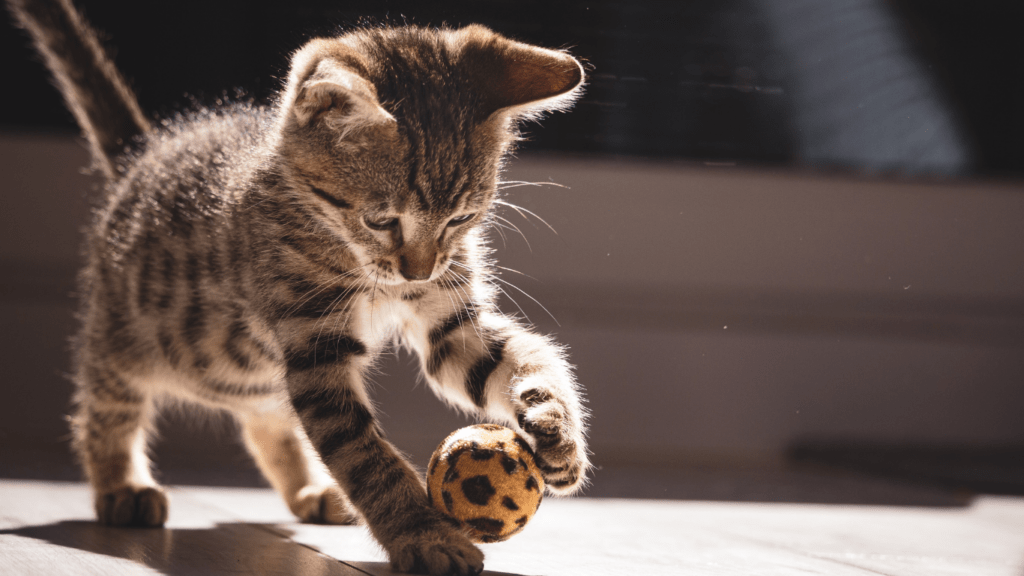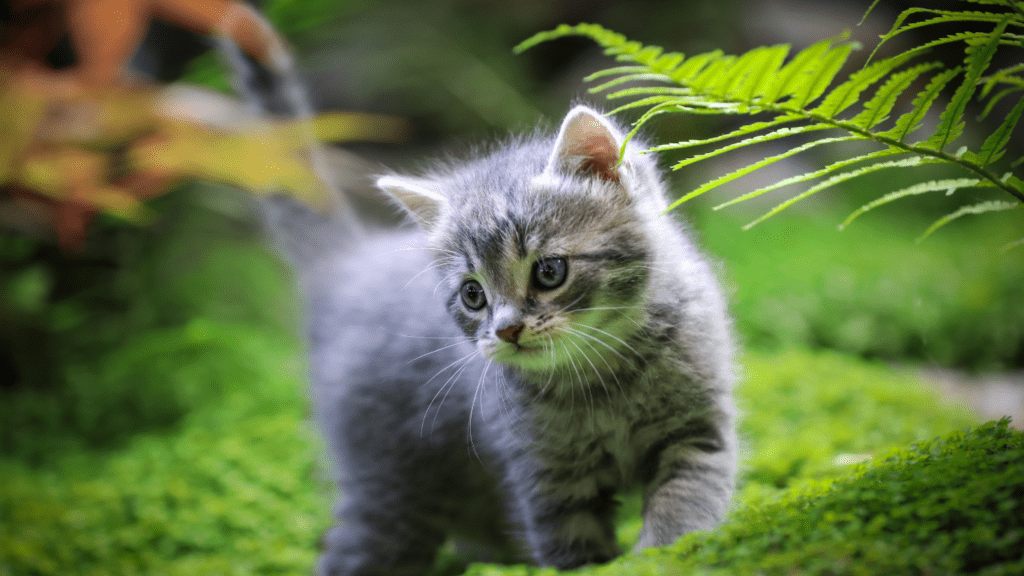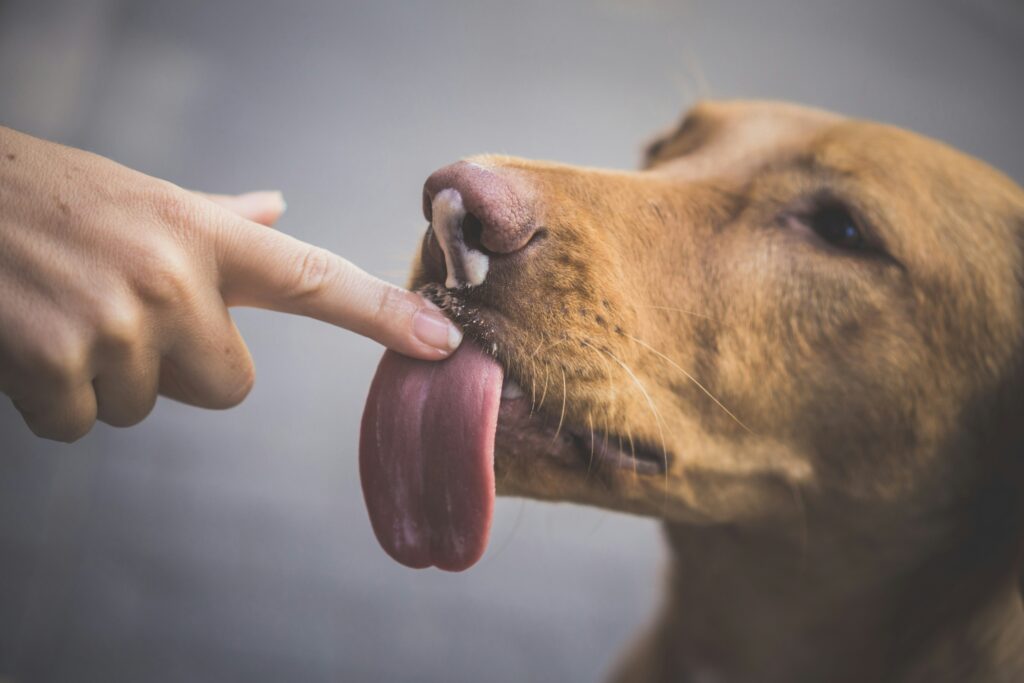Understanding Potty Training
Potty training your new pet involves consistency, patience, and positive reinforcement. Pets, like dogs and cats, need a clear understanding of where it’s appropriate to relieve themselves. This training ensures a clean and well-organized household by minimizing accidents and establishing good habits from the start.
Different Pet, Different Training

Different animals require different tactics. For instance, dogs benefit from crate training, where a crate is used to create a safe, den-like environment. Conversely, litter training suits cats, providing them with a specific spot equipped with litter to do their business. Recognizing these differences can tailor your approach to the specific needs of your pet.
Timing Is Key
Establishing a routine helps signal to your pet when it’s time to go potty. Space bathroom breaks consistently throughout the day, like after meals and upon waking. By doing so, pets learn the appropriate times and places to relieve themselves, reducing the likelihood of indoor accidents.
Positive Reinforcement
Rewarding your pet immediately after successful potty activities reinforces desired behaviors. Use treats or verbal praises to establish a positive association with the act. The immediate reward helps your pet understand that they did something right, encouraging repeat behavior in the future.
Recognizing Signals
Understanding your pet’s signals can prevent accidents. Dogs might sniff, circle, or whine, while cats often scratch or meow near their litter box. Responding promptly to these signals ensures your pet is taken to their designated spot, reinforcing where they’re meant to go.
Consistency Matters
Being consistent with your training methods and schedules sends a clear message to your pet about expectations. Mixed signals can confuse pets and prolong the training process. Keep commands, locations, and rewards uniform to achieve the best results.
Handling Accidents
Accidents are part of the process. Clean the area thoroughly to remove any odors that might attract your pet back to the same spot. Avoid punishing your pet for accidents; this can create fear and confusion. Instead, calmly redirect them to the appropriate spot.
Understanding potty training principles establishes a strong foundation for a well-behaved pet. With these strategies, you’re set on a path toward success.
Choosing The Right Method
Selecting the best approach to potty train your pet ensures effective and stress-free training. Each method has its benefits and can be tailored to suit your pet’s needs.
Crate Training
Crate training uses a dog’s natural instincts to create a den-like environment. Place a crate in an area where the dog feels comfortable. Choose a crate that allows the dog to stand, turn, and lie down. Introduce the crate slowly, associating it with positive experiences. Monitor the dog’s schedule for bathroom needs and make trips outside to a designated spot. Praise the dog when it succeeds and keep consistency in feeding and bathroom routines.
Paper Training
Paper training involves using newspapers or pee pads in a designated area inside the home. Start by covering a larger area with the paper and gradually reduce the size as the pet becomes accustomed. Place the paper near the pet’s bed or feeding area. Always replace soiled paper immediately to maintain hygiene. Reward the pet with treats and praise when it uses the paper correctly.
Outdoor Training
Outdoor training requires taking the pet outside regularly to eliminate in specific spots. Choose a consistent location in your yard or nearby. Set a fixed schedule for outdoor trips, including after meals, play, and naps. Use commands to signal it’s time to go, and reward the pet when it successfully uses the outdoor spot. Be patient and consistent, ensuring the pet learns that outside is the appropriate place for bathroom activities.
Essential Tools For Potty Training
A well-structured potty training plan includes the right tools. These tools help maintain consistency and strengthen training routines.
Training Pads
Training pads are essential for indoor potty training. They offer a designated spot for your pet to relieve themselves inside. High-absorbency pads work best, capturing liquid and minimizing mess. Choose pads with pheromone attractants to naturally guide pets to use them. For example, brands like Four Paws deliver reliable performance.
Crates And Gates
Crates and gates are critical for confinement and creating boundaries. A properly-sized crate aids in crate training by leveraging your dog’s instinct to keep their sleeping area clean. Gates control the pet’s access within the home, keeping them in designated training zones. Examples include MidWest Homes for Pets crates and Carlson Pet Products gates, known for their durability and ease of use.
Cleaning Products
Cleaning products are crucial for handling accidents and eliminating odors. Enzyme-based cleaners break down organic matter, completely removing stains and preventing repeat accidents. Products like Nature’s Miracle or Rocco & Roxie supply effective solutions for pet-related messes. Using the right cleaners ensures your home stays fresh and your pet’s training stays on track.
Step-by-Step Guides To Different Methods
Effective potty training methods vary based on the pet and household. Detailed steps for each method ensure clear understanding and smooth execution.
Step-by-Step Guide For Crate Training
- Choose the Right Crate: Select a crate just big enough for the pet to turn around and lie down.
- Introduce the Crate: Place treats inside the crate to encourage entry. Start with the door open.
- Establish a Routine: Take the pet outside to the designated spot immediately after crate time.
- Handle Accidents Calmly: Clean any accidents with an enzyme-based cleaner. Avoid scolding.
- Increase Crate Time Gradually: Extend crate time incrementally while ensuring potty breaks.
Step-by-Step Guide For Paper Training
- Designate an Area: Choose a confined space with easy-to-clean floors.
- Use Training Pads: Place training pads in one area and move them closer to the door over time.
- Reward Success: Praise and provide treats when the pet uses the designated area.
- Decrease Covered Area: Gradually reduce the number of pads as consistency improves.
- Transition to Outdoor Training: Slowly transition from pads to the outdoors if desired.
- Pick a Regular Spot: Choose an outdoor spot and consistently take the pet there.
- Maintain a Schedule: Take the pet outside at regular intervals, particularly after meals and sleep.
- Use Commands: Use a specific command each time. Stick to the same word or phrase.
- Reward Promptly: Immediately reward the pet with praise or treats for outdoor success.
- Monitor Signals: Watch for signs the pet needs to go, such as sniffing or circling, and act quickly.
Common Challenges And Solutions
Potty training new pets can bring unexpected hurdles. Addressing common issues efficiently makes the process smoother.
Handling Accidents
Accidents happen during potty training. Clean accidents promptly. Use an enzymatic cleaner to remove odors and prevent repeat incidents in the same spot. Never punish pets as this causes fear or anxiety. Instead, reinforce correct behavior by praising and rewarding pets when they eliminate in designated areas. If accidents persist, reassess the training plan and ensure pets have frequent, consistent opportunities to potty.
Dealing With Resistance
Some pets resist potty training. Identifying the cause helps address the issue. For stressed or anxious pets, create a calm environment. Use positive reinforcement to encourage cooperation. If pets resist specific surfaces or areas, try alternatives like different types of training pads or varied outdoor spots. Be patient and consistent to instill confidence in reluctant pets. Seek advice from a vet or a professional trainer if resistance continues.
Tips For Success
A structured approach and consistent training methods make potty training your new pet more effective. Here are some practical tips for ensuring success:
Consistency And Patience
Maintain regular feeding, playtime, and potty breaks to help your pet form a routine. Stick to a schedule to reinforce these behaviors. Use the same area for bathroom breaks so your pet associates the spot with potty time. Accidents will happen, so patience is crucial. Pets need time to understand and adapt to the new rules, and getting frustrated won’t expedite the process.
Positive Reinforcement
Use treats, praise, and affection when your pet successfully uses the designated potty area. Immediate rewards reinforce positive behaviors. For example, offer a small treat immediately after they potty in the right place. Avoid negative reinforcement like scolding, as it can create anxiety and hinder the training process. Positive reinforcement encourages your pet to repeat the desired behavior, making training faster and more enjoyable.


 Pet Travel & Safety Consultant
Jimmy Dixoneser is the go-to expert on pet travel and safety at Pet Paw Shack. He provides valuable guidance on how to ensure pets are safe, comfortable, and stress-free when traveling. From creating checklists for pet-friendly vacations to advising on the best travel gear, Jimmy’s expertise helps pet owners confidently navigate adventures with their pets, whether on the road or in the air.
Pet Travel & Safety Consultant
Jimmy Dixoneser is the go-to expert on pet travel and safety at Pet Paw Shack. He provides valuable guidance on how to ensure pets are safe, comfortable, and stress-free when traveling. From creating checklists for pet-friendly vacations to advising on the best travel gear, Jimmy’s expertise helps pet owners confidently navigate adventures with their pets, whether on the road or in the air.
